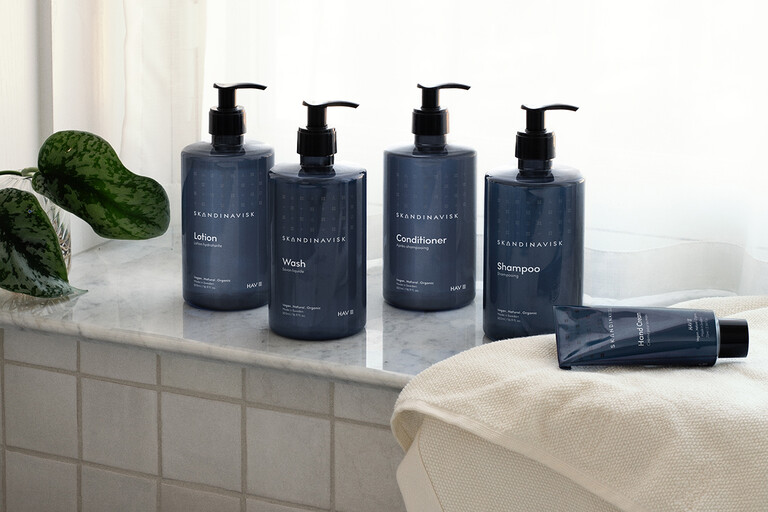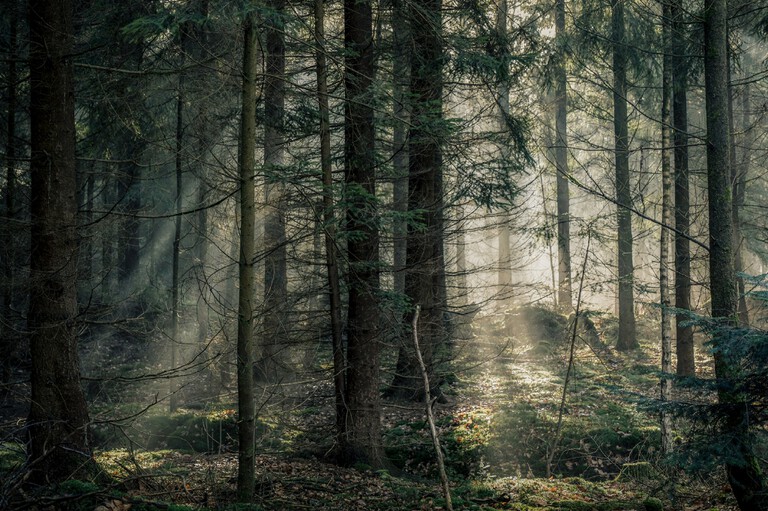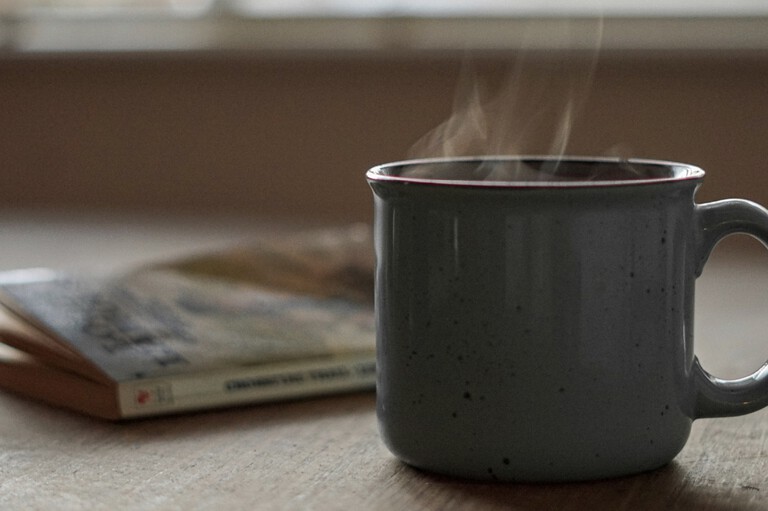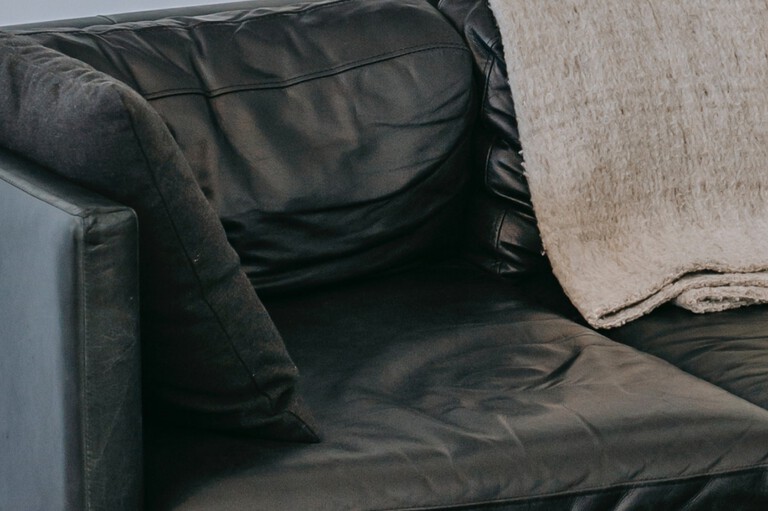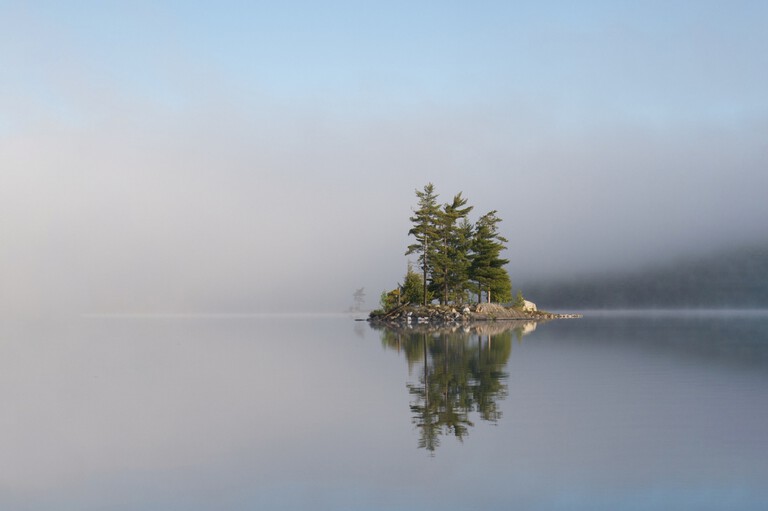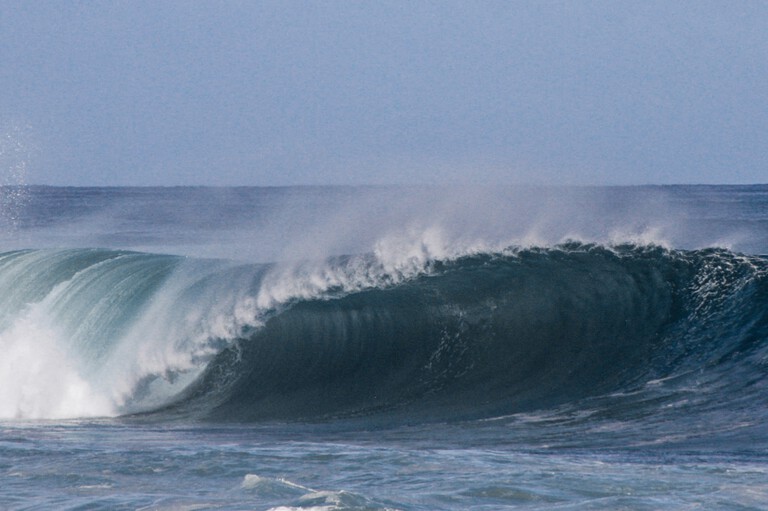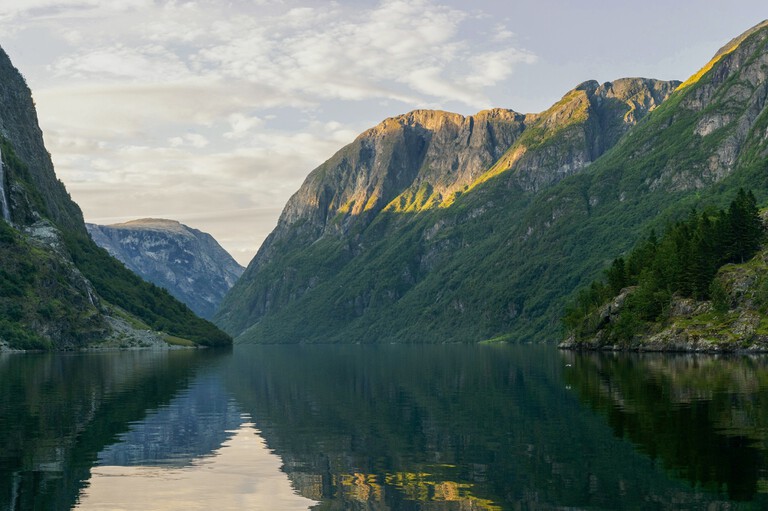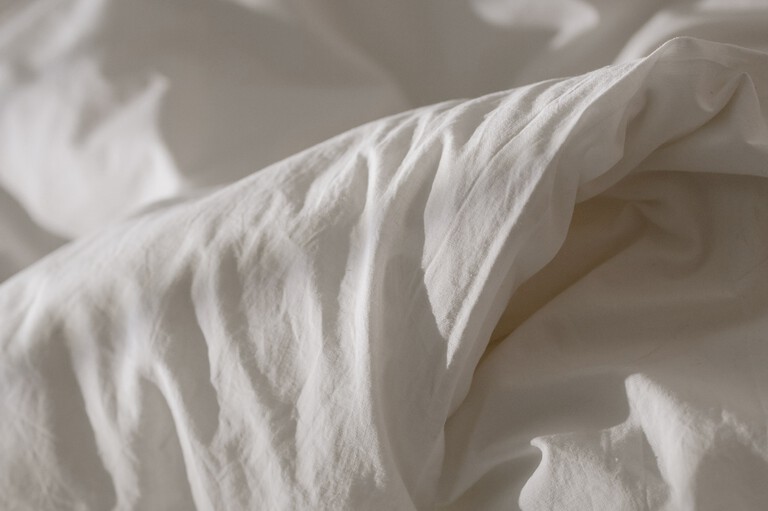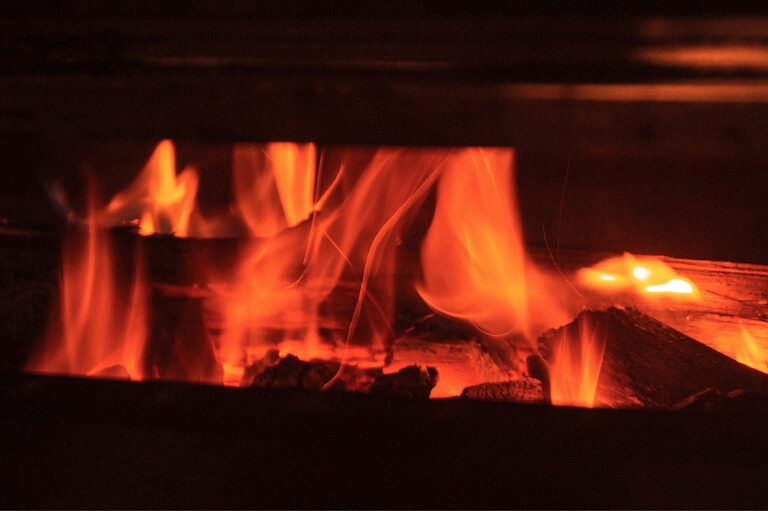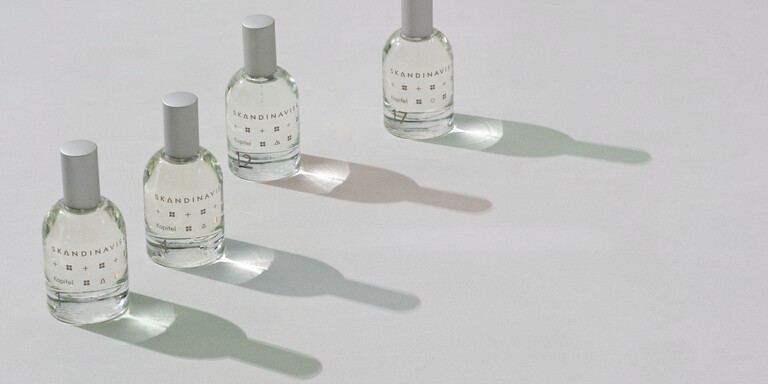Short answer: An ambition to be totally transparent about what we do, warts and all
Long answer: We are a small company but we deal in the categories of fragrance, cosmetics and flame and we export to more than two dozen countries on five continents. A delightfully potent mix if ever there was one.
This is made all the more complex by the fact we have now become part of an industry that is plagued by an often confusing and contradictory blend of dubious product claims and cod-scientific benefits, side by side with increasing industry regulation and contrary territory legislation. All of which work to make it very difficult for the end customer to make a truly informed decision about what they are buying.
Being totally independent, ten years old, with no prior experience in the industry, and with about 25 people in the company, it has been a whirlwind introduction to the many contradictions of an enormous global industry where the customer wants to know the truth, while the brands tell the customers what they think they want to hear. The two things are rarely the same.
So our job is to rapidly learn the facts and act on them, and simultaneously try to understand the fluff so as to avoid it. While it’s not the most fun part of our everyday lives (we prefer bringing to life our impressions of Scandinavia), it is essential in these prominent and sensitive industries that we know what we are doing and why.
More importantly, we set some principles and standards for the way we want to run a business and create products. So we have created our own type of FAQ to show how we approach our business and the products we sell, and we invite you to decide if we meet your own, individual standards.
If we don’t, you should let us know why. The world is changing fast, we are still learning, and always open to new voices – provided those voices are informed by fact, not fluff.
Short answer: In Denmark, Sweden and France.
Long answer: We design everything from our office in Copenhagen, Denmark, and produce our finished products in Denmark, Sweden and France.
We prefer to source from inside the Nordic region, but this is not always possible, so we also source from elsewhere in the EU (for example, the Nordic region is not famous for fragrance production).
Of our finished products:
– Our liquid hand and body care items are produced in Denmark
– Our candles and diffusers are poured in France and Sweden
Of our primary components:
– Our perfume is produced in Grasse, France
– Our glass is produced in Poland
– Our bioplastic is produced in Denmark
– Our FSC-certified wood is sourced from managed forests in Sweden and Poland
– Our packaging materials come from Denmark and Sweden
Production inside Scandinavia and the EU is important for us since this is where we come from, it means we can be closer to our production facilities to oversee quality control, our production lead times are faster to respond to demand – and it helps reduce our footprint.
If you are unsure where the item comes from, check the base of our packaging – it’s the law that ‘Country of Origin’ (the country where the product was manufactured) is specified on all products.
Short answer: Not 100%.
Long answer: Almost, but they’re not 100% mainly because we use synthetic fragrances. The rest of our ingredients are almost entirely natural – provided it makes functional sense.
To make things easy – for our body care products we define the exact % of natural, certified organic, water and fragrance ingredients on the label.
You will find the leave-on products (creams and lotions) in our hand and body collections at 99% of natural origin, while our hand and body washes are between 91-93%.
With washes we use greater quantities of safe synthetic ingredients for the simple reason that if you want to clean your skin, you need the surface oils of your skin to interact with the rinsing water. Oil and water do not naturally combine, so to enable this process we use the ever-reliable family of sulfates in our soaps. This ensures that oil, dirt, bacteria and other nasties are then successfully removed from the skin. In comparison, if you only wash your skin with water then you will only remove water-soluble grime.
Our candles and diffuser bases are all of natural, vegetable origin.
And it’s worth remembering the fact that flora in the natural world is, by and large, designed to deter, harm or even kill predators in order to ensure its own survival. Thus, 100% natural products may create their own risks to the user. After all, how many of you get a rash after lying on grass, or suffer watering eyes and sneezing when the pollen count is high? It’s also worth recognising that human chemistry, the scientific application of natural and synthetic elements, is not all bad. So, for us, it’s about finding the right balance.
Thus, we believe that combining a majority of natural ingredients in all our products with responsible sourcing, human chemistry, and the expert use of safe synthetic ingredients are essential to ensure all skin types are protected from the risk of nature’s harm, that you have products that work effectively, and that will last longer than a bowl of fruit on the kitchen table.
Short answer: Yes, our body care products are organic.
Long answer: Our body care products contain more organic ingredients than most. But when is a product defined as being organic? When it’s 100% organic, when some of its ingredients are certified organic, when its formula is certified organic, or when the word ‘organic’ is used liberally all over its packaging? It’s confusing.
For a start, water can’t be classified as organic because it can not be renewably farmed, so that rules out 100% organic claims for most cosmetic categories. For seconds, unlike food, there is currently no law restricting use of the word ‘organic’ in cosmetics. This means products may appear to be organic even if only one minor ingredient is certified. You can usually check this yourself by looking at the ingredient list, or INCI, which must appear on every product and ranks ingredients by volume, starting with the largest.
We choose instead to simply use as many certified organic ingredients as possible because it’s better for the soil from where they came. Then we declare the evidence on our packaging. Indeed, when subtracting water from the calculation, all our new skin products primarily contain certified organic ingredients.
It’s up to you to decide if that makes it organic enough.
Short answer: Yes.
Long answer: Vegan-friendly is defined as a product that does not contain animal ingredients. Cruelty-free is defined as a product that has not been tested on animals, either before or after production.
NB: In order to become vegan for the Next Generation, the only change we needed to make was to replace the beeswax in our hand creams. Job done.
Short answer: Allergies are very personal, so we recommend you read the ingredients label on our packaging before buying.
Long answer: Allergies are personal so we can’t advise on individual cases. But in order to create our fragrances, we do use – in tiny quantities – some of the 26 allergens that are listed by the EU as being reported as possible ‘contact allergens’. While there is currently insufficient scientific data to verify whether these ingredients do indeed cause allergies via contact with the skin, we nevertheless declare each of them on our packaging when their dosage obliges it.
Short answer: Yes. They are free of parabens, phlatates, silicones and microbeads and a bunch of other nasty stuff.
Long answer: We think so, but since there is no official definition of ‘clean beauty’, the decision is up to you.
‘Clean Beauty’ is a term that has gained widespread attention in recent years. It implies products that are healthier for the skin and better for the planet. But since there is no strict definition for ‘clean beauty’, you can find lots of interpretation and spin by brands and retailers alike.
‘Clean Beauty’ may have emerged from the US where rules on cosmetic ingredients are almost non-existent. In Europe, however, the opposite situation exists. There is a very active EU and, as of 2019, it is now outlawed to promote a product based on what is not in it – both because of the confusion it creates in the market, and the risk of compromising valid ingredients without sufficient scientific evidence.
Digging deeper, ‘clean beauty’ is regularly associated with a lack of parabens, phlatates and silicones. It can also mean a lack of animal ingredients or animal testing, a lack of mineral oils or PEGs (ingredients from petroleum), no suspected carcinogens or hormone disruptors, or even avoidance of synthetic fragrances. We meet all this criteria, except for our use of synthetic fragrances.
But even with these primary criteria, one should tread carefully. Parabens have been reliable little experts for many years in preserving formulae and protecting skin, but they were destroyed by the media over the past decade after a controversial study claimed some parabens might affect fertility. While this is still not scientifically proven, and only relates to a handful of parabens, it signed the death certificate on this whole category. As a consequence, the industry has simply had to find new ingredients for preservation. In Scandinavia, we use something called phenoxyethanol (in dosages of less than 1%) because it has similar effectiveness as parabens – without the controversy. But in other countries, the replacement ingredients may be different.
So, we don’t use parabens because public opinion is resolutely against them. Our products are also free of phthalates and silicones. Both have a great skin feel and are not yet scientifically proven to harm people either, but since they are not very environmentally friendly, we have decided not to use them. We also don’t put microbeads in our products because not only is it irresponsible, it is also now illegal.
Short answer: Yes.
Long answer: Yes. Synthetic fragrances and flavourings, like it or not, have been a part of everyday life since before Coco Chanel created Nr. 5 in 1920. This particular fragrance may be most famous as Marilyn Monroe’s favourite choice of nightwear, but in the industry it is recognised as one of the first successful synthetic-dominated perfumes. Ever since then, the overwhelming majority of perfumes for the skin today are synthetic – including, most likely, the one on your skin right now.
Synthetic perfumes are available in their thousands, offer a fantastic palette of options for creativity, deliver consistent quality, more stable prices, provide full transparency on risk of allergies, and are heavily regulated to protect the user from harm, and to protect the environment. This means we can safely create unique new formulations reflecting the Scandinavian region using upwards of 50 different ingredients in each fragrance without it costing the earth.
Natural perfumes, on the other hand, are restricted to just a few hundred scents, are prone to significant scent, quality and price volatility due to external factors including climate, harvests, and even war, and are no less likely to provoke allergic reactions as synthetics. Of the natural perfumes available, only a very limited number are produced with organic farming methods, and the cost of these is beyond what people would pay for our products. Even fewer are sourced from the Nordic region.
Thus, as a fragrance company first and foremost, we choose to combine safe synthetic perfume ingredients with natural essential oils. Our challenge for the future is to source more local and organic perfume ingredients.
Long answer: First things first, we are not perfumers, we are ambassadors for Scandinavia. Having lived here since the turn of the millennium, we have a healthy knowledge of the flora, climate and lifestyle of the Scandinavian region. Unlike many off- the-shelf fragrances that are dressed up as something unique, we make it very hard for ourselves since we aim to create the most authentic fragrance impressions of the Scandinavian region as possible. A region few people understand in olfactory terms and a region of limited commercial history in industry terms.
As to the process, we start by identifying an aspect of the region that is both precious to its inhabitants and exotic to the outside world. More often than not, this is based on our almost 20 years of travelling across the Nordic region in our former jobs working for big American multinationals and as foreign immigrants who married into the region. We are aided by two important people:
Firstly, my Danish wife, who grew up in Sweden and spent her summers in Norway, and has had a passion for gardening since childhood. She knows how and what to plant in soils that freeze and seasons with short amounts of sunlight. She helps us understand the theme, what grows there and when, and – more often than not – we go visit. Our Copenhagen garden is also a constant source of experimentation and inspiration with more than 150 varieties of rose alone, together with a cornucopia of temperate flora.
Secondly, our gentleman French perfumer, who helps us interpret that theme through a combination of artistry and chemistry. Our perfumer regularly visits Scandinavia to build his own understanding of this region. We cycle in Copenhagen, swim in Swedish lakes, tour Norwegian fjords, and trek through the forests and coastline together. He learns our region, we learn the magic of perfumery. We don’t always get it right, but it’s not for lack of trying.
Short answer: Yes and no.
Long answer: We know, and regularly visit, our primary producers in Denmark, Sweden and France. Some we have worked with since the beginning, others have joined us along the way, each adding their own dose of expertise to our growing product collection and company knowledge. We talk daily, we rely on them for their expertise, they rely on us for our growth, we swap gifts at Christmas.
We also have a set of standards and quality controls that we apply to all our suppliers, and we trust they will execute them. What we don’t always know in detail is how their own suppliers produce the ingredients for our products, or how those suppliers tend their crops. As a small company with small volumes, our ability to influence source production in complex supply chains is very limited so we constantly ask a lot of questions to ensure we understand the business, and to make sure we get the best – rather than the most standard – solutions. The more we can grow, the more influence we can have.
Short answer: To get the most from your Skandinavisk candle we recommend burning in moderation and by following the instructions on the packaging.
Long answer: Candles have been used since the earliest civilisations, their small flames have been used as a source of light, warmth and togetherness for generations. When purchased and used responsibly, a candle contributes more positively to the atmosphere of a room than almost anything else except the people present. But burning anything indoors, from log fires to candle flames, is not as good as enjoying fresh air in the open countryside so make sure to inform yourself before buying.
A candle is a living element that is designed to work in a specific way in order to provide the maximum benefit for the user. A quality candle will typically use better quality ingredients – such as premium wax blends, cotton wicks, and superior perfume components – just as a luxury Eau de Parfum from an established brand will do a much better job on your skin than one found in the discount supermarket.
For any quality candle, let alone ours, there is some consistent user advice that everyone should know:
• Place the candle on the beechwood lid, or a mat, to protect from sensitive surfaces
• Allow the melt pool to reach the glass edge the first time you light it, to avoid tunneling
• Burn for no more than 3 hours at a time to allow the fragrance to contribute to the room, and to stop the melt pool becoming so deep so that it may cause the wick to drown
• Place the beechwood lid back on top of the candle to extinguish the flame. This avoids sending wick particles into the molten wax through blowing,and keeps the surface clear of room dust when not being used
• Allow the wax to cool, and trim the wick to remove the carbonisedblack tip before relighting
• Leave a small amount of solid wax before disposing or, preferably, washing and reusing with tealights or for storage
What’s more, being aware of exactly what you are burning indoors makes sense. I am amazed at how many people buy candles based on low price. Indeed, cheap candles are often produced using cow carcasses. The two most common ingredients of stearin are either byproduct from the beef industry or tropical plants – worth knowing if you are vegan, or if you are concerned about deforestation. So investing in quality for your home doesn’t end with the block of wax on your table.
Short answer: Yes, but we use only bioplastics or recycled plastic for our bottles and tubes.
Long answer: The bioplastic for our hand and body care bottles and tubes is sourced from replanted sugar cane fields and then produced locally in Denmark. It is fully recyclable.
We are lucky in Scandinavia to enjoy some of the world’s best recycling schemes (in Copenhagen we have up to 7 different bins outside each door). But with such intense focus on plastics today, we are constantly looking at all options for future productions. With bioplastics and 100% rPET, we are getting better.
We have stopped using palm oil, soy, paraffin, beeswax, virgin plastic vessels and cellophane wrapping, and we have never used parabens, phthalates, silicones or microbeads. With the exception of microbeads, which are illegal in the EU, it is not for us to pass judgement on the other ingredients as they can be used responsibly. We just choose not to use them.
Short answer: To become carbon neutral by 2025.
Long answer: Any business, any government, indeed any individual, has an impact on their environment. There are exceptions, but it is rarely honest for a business to claim it is a positive contributor to the environment.
In order to tell our Scandinavian stories, we have ended up in the business of fragrance, cosmetics and flame. These are all sensitive categories and there is plenty of environmental debate around each of them. What we need to do is act responsibly and minimise our negative impact. This will often mean making our lives harder and our profits harder to come by in the short term. But so be it.
Actions we have taken to minimise our impact to date:
• Production of all hand and body care products within a one hour radius from our Copenhagen warehouse
• Production of all other products in France and the EU
• High dosages of natural and certified organic ingredients in all our hand and body care
• Renewable, sustainably-sourced, industry-certified rapeseed, wood, paper, card
• Introduction of plant-based bioplastic and/or 100% recycled plastic (rPET) vessels
• Reduction in packaging weights and excess materials
• Prioritisation on road and sea freight, rather than air
In addition, as a Certified B Corporation, we join B Lab in their commitment to become carbon neutral by 2030, and we are working with the City of Copenhagen’s ‘Sustainable Bottomline’ program to calculate our carbon footprint and then identify ways to reduce, offset, and ultimately remove it. Copenhagen itself has set a target to become the world’s first carbon neutral capital by 2025. So the pressure is on.
The other part of our environmental policy is to be transparent, as this FAQ is designed to be. If we expose our weaknesses we believe people like you can make a more informed decision about our company and products, we also believe it obliges us to work on those weaknesses.
Short answer: Anyone with talent and a passion for Scandinavia and the Nordic region, that we need and can afford.
Long answer: Aside from us two English chaps, a lovely Danish lady, Line, has been with us since the beginning and is responsible for all our design and artwork. Seven years down the road, the three of us have gradually been joined by Danes, Swedes, Norwegians, Icelanders and Finns, Brits, Germans, French, Irish, Swiss, an Afghan and a Kenyan. It may sound a lot, but the truth is we are 15 full- time people based in Copenhagen, Stockholm and London, plus another 10 or so who help us part-time.
As a Danish company in the EU, and because we only work directly with suppliers based in Scandinavia and the EU, we fulfil all essential employment criteria such as those relating to labour laws, working hours and contracts, health and safety.
We are also entirely independent and always on the lookout for new talent, provided you fit the ‘short answer’ terms above and enjoy working in an open environment where everyone helps each other.
